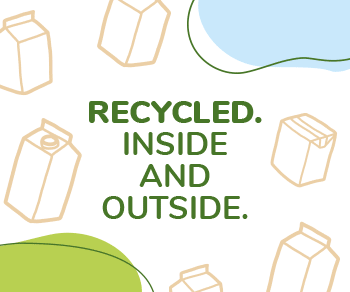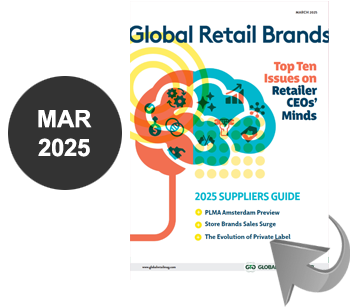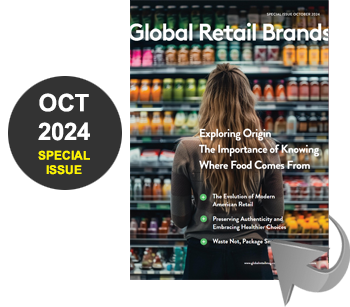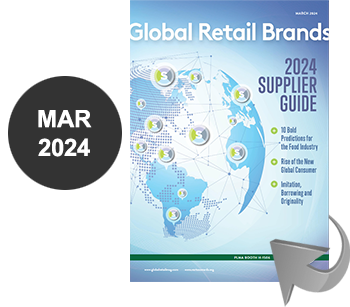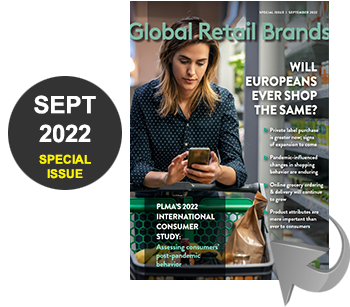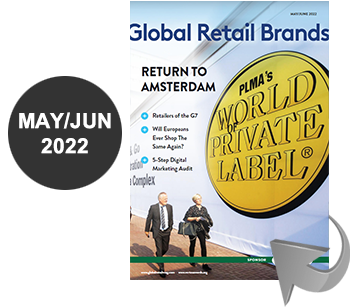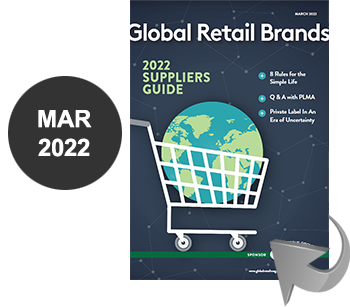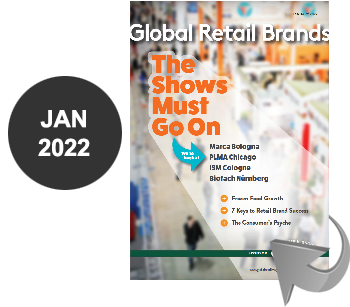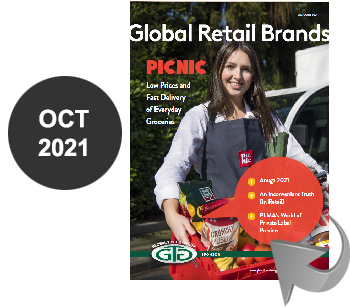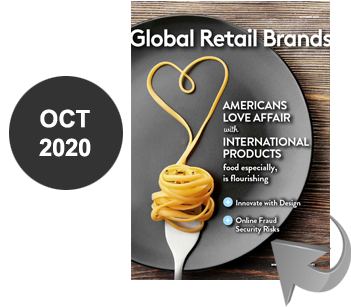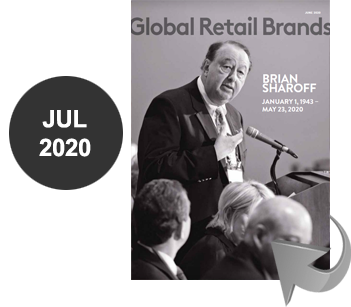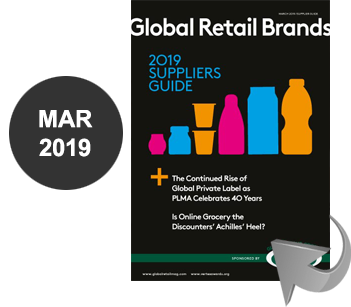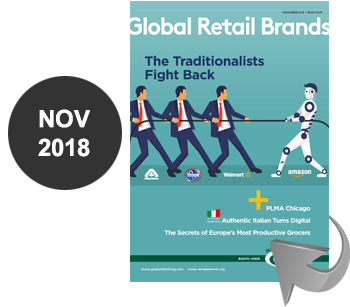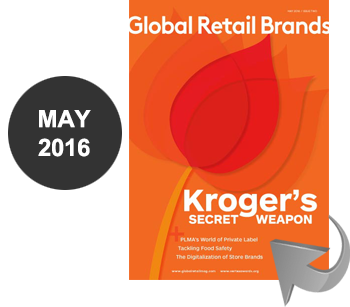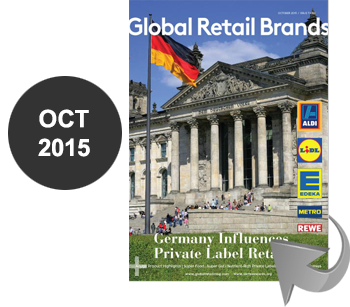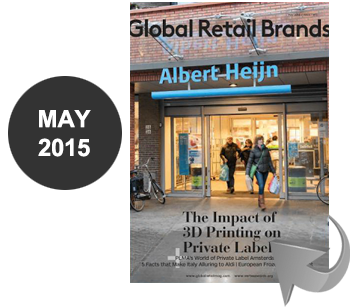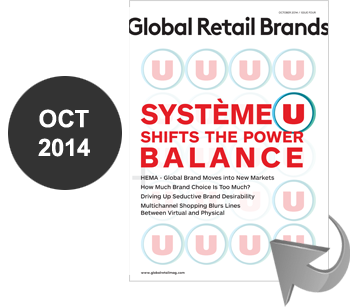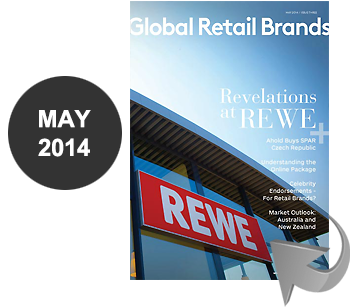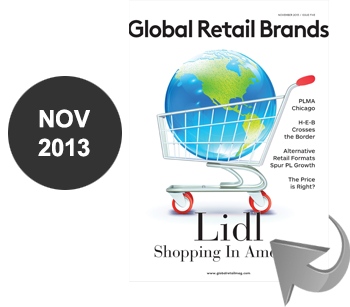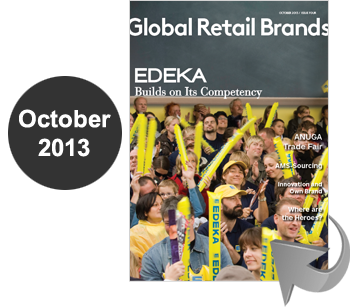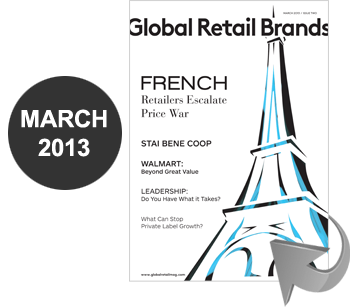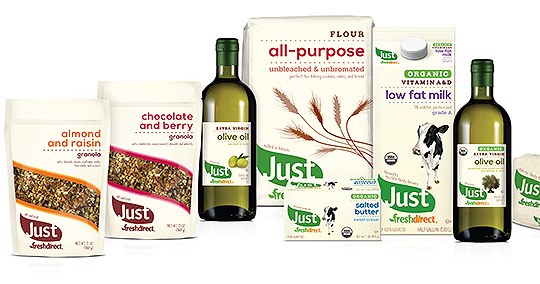
By / DAVID MERREFIELD
Webvan is the infamous grocery home-delivery service, based in California, started in the late 1990s. It made so many mistakes during its brief existence that it’s now carefully studied in many a graduate business program to illustrate what not to do.
Among its core mistakes was to establish costly automated distribution centers in a score of U.S. cities — none contiguous — long before its ability to succeed was fathomed. Adding to costs was an ill-considered guarantee of a 30-minute delivery window to consumers, a guarantee that was nearly impossible to fulfill.
Webvan went bankrupt and liquidated in 2001 after burning through nearly US$1 billion in investors’ money. That such funds were available to Webvan explains much about its failure: At the time it seemed quaint to put together a business plan intended to lead a startup to profitability. Instead, it was considered to be better to hurl money at an enterprise in the belief that its obvious destiny somehow would be fulfilled.
Unfortunately, that failure also promoted the belief in the U.S. food trade that home-delivery services were anathema and that the very idea of trying them should be given wide berth.
 To be sure, there are grocery delivery services from the Webvan era that remain in the U.S., such as Peapod, a unit of Ahold, the Netherlands. There’s also Fresh Direct, a delivery service that was started at about the time of Webvan’s demise. Fresh Direct was started with venture capital. It is now 10% owned by troubled British retailer Wm. Morrison Supermarkets. Morrison’s stake was acquired in 2011 for about $52 million. All in all, Fresh Direct is doing well and growing.
To be sure, there are grocery delivery services from the Webvan era that remain in the U.S., such as Peapod, a unit of Ahold, the Netherlands. There’s also Fresh Direct, a delivery service that was started at about the time of Webvan’s demise. Fresh Direct was started with venture capital. It is now 10% owned by troubled British retailer Wm. Morrison Supermarkets. Morrison’s stake was acquired in 2011 for about $52 million. All in all, Fresh Direct is doing well and growing.
Let’s take a closer look at Fresh Direct to see how it managed to slough off the Webvan curse.
In a series of interviews conducted by Global Retail Brands, Fresh Direct’s ambitions for growth and its strategies for private brand development were explored.
Fresh Direct was founded with the idea that it’s better to start cautiously and keep small for as long as need be, rather than immediately shooting for the moon. Its initial operating venue was the populous Manhattan borough of New York City. A comparatively small distribution and operational center was established in the nearby borough of Queens.
From the start, the idea was that fresh, high quality product and reasonable prices would be the leitmotif.
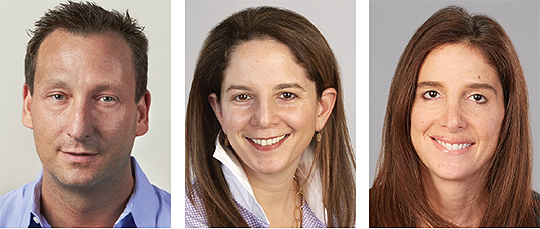
David McInerney, Emma Fuerst Frelinghuysen and Jodi Kahn
David McInerney (pictured above), Fresh Direct co-founder, with Jason Ackerman, explained why consistently delivering high-quality product is at the core of the business model: “Shoppers who go to a supermarket make maybe 20 decisions about product while they’re there. They select the bestlooking produce, the best meat, the freshest dairy and so on. If some of that product doesn’t look so good later at home, the shopper blames himself. He picked it out. If we deliver product that doesn’t meet expectations, it’s our fault. We picked it out.”
Indeed, McInerney’s role at Fresh Direct is to go to the premises of vendors or potential vendors to establish relationships that, it’s hoped, will lead to Fresh Direct receiving the highest quality product.
Supplier relationships are also at the core of Fresh Direct’s philosophy about its Just Fresh Direct private brand for perishable product. McInerney said the brand will further roll out using a sort of co-branding; the farm or other product source is identified on the package to make it transparent to consumers what producer is behind it. He asserted that most retailers’ practice of not identifying the source of fresh private label product is a form of “disservice” since it leaves the impression that the retailer is the producer.
 Although this wasn’t cited by McInerney, co-branding also diffuses blame in the event of product failure, a form of insulation that, say, Trader Joe’s lacks in its big private brand program.
Although this wasn’t cited by McInerney, co-branding also diffuses blame in the event of product failure, a form of insulation that, say, Trader Joe’s lacks in its big private brand program.
Emma Fuerst Frelinghuysen, senior director, private brands, said the Just Fresh Direct label now consists of 35 stockkeeping units of product in categories such as organic dairy, bottled water, granola, peanut butter, pizza and the like. The goal is to increase SKUs to 100 by year’s end and to 150 by the end of next year.
Another fledgling private brand program at Fresh Direct is the Cloud 9 label for nonfood, specifically paper products and other disposables. The line currently consists of about 22 SKUs with further products to be added later as suppliers are identified, which is not always an easy task.
“Suppliers may think that Fresh Direct is too small a retailer to consider, but they should look to the future. Home delivery is the fastest-growing segment of food retailing. Suppliers should look at where we’ll be in five years,” said Frelinghuysen. Fresh Direct is privately held and discloses no information about its sales volume, although some estimates fix its sales at something less than $500 million annually, with at least marginal profitability.
Executives said that the two private brands will form the basis of private brand expansion and that Morrison’s private brands will not be offered to Fresh Direct shoppers.
Jodi Kahn, Fresh Direct’s newly appointed chief customer officer, said the company will be guided in future product additions by what customers want. Since it’s an on-line company, she said it’s easier than it is for other retailers to keep abreast of what customers want and what they think of current product offerings.
“Customers are looking for a better experience and we’re thoughtful about what that tells us about future products,” she said.
 It’s not just products that are Retail Profile / Fresh Direct David McInerney (Right), Emma Fuerst Frelinghuysen (Center) and Jodi Kahn (Far right) 44 global retail brands / april 2014 growing at Fresh Direct. So is its delivery area. A while back, Fresh Direct started to cautiously edge out from Manhattan to all of New York City and nearby areas such as Westchester County and close-in Connecticut to the north, portions of Long Island to the east and areas of New Jersey, Philadelphia and Delaware to the south. Its most distant delivery point, is about 490 km. (300 miles) to the south. Fresh Direct has several remotely located crossdock and other distribution facilities in place to accommodate long-distance deliveries.
It’s not just products that are Retail Profile / Fresh Direct David McInerney (Right), Emma Fuerst Frelinghuysen (Center) and Jodi Kahn (Far right) 44 global retail brands / april 2014 growing at Fresh Direct. So is its delivery area. A while back, Fresh Direct started to cautiously edge out from Manhattan to all of New York City and nearby areas such as Westchester County and close-in Connecticut to the north, portions of Long Island to the east and areas of New Jersey, Philadelphia and Delaware to the south. Its most distant delivery point, is about 490 km. (300 miles) to the south. Fresh Direct has several remotely located crossdock and other distribution facilities in place to accommodate long-distance deliveries.
Fresh Direct executives declined to identify future areas for expansion, although it’s clear the practice is to edge from one area to the next, in several directions. Bolstering that, McInerney asserted that geographical expansion will continue to be pursued into lesser populated areas.
That raises a question: Is it a good idea to endeavor to do business in less population-dense areas? On its face, it seems that density is a critical element since in an urban area, delivery trucks can be parked once and deliveries made to several apartment buildings. Delivery windows often can be met by leaving product with a doorman if a resident isn’t at home.
While all that’s a benefit, McInerney said, density also imposes hidden costs in the form of tolls and parking tickets. Moreover, orders to urban areas tend to be smaller than might be anticipated because city dwellers have little space, and many product-sourcing options at hand, such as quality restaurants, food retailers and specialty markets.
Conversely, consumers who live far from urban areas offer their own set of advantages. “Suburban houses have a lot of space, which leads to bigger orders,” he said. “Plus, in the suburbs there are fewer shopping choices and maybe not many restaurants. That means that the fresh and high-quality food we deliver is viewed more favorably.”
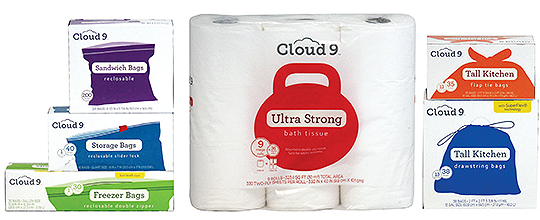 Meanwhile, Fresh Direct has another big project in the planning stages: The replacement of its current central distribution and operations center in Queens with a 46,500 square meter (500,000 square feet) facility of new construction to be in the economically depressed South Bronx section of the Bronx borough of New York City. The current facility is considered to be cramped and inefficient. It’s smaller than the planned facility at 28,000 square meters (300,000 square feet).
Meanwhile, Fresh Direct has another big project in the planning stages: The replacement of its current central distribution and operations center in Queens with a 46,500 square meter (500,000 square feet) facility of new construction to be in the economically depressed South Bronx section of the Bronx borough of New York City. The current facility is considered to be cramped and inefficient. It’s smaller than the planned facility at 28,000 square meters (300,000 square feet).
However, construction of the Bronx facility has yet to commence, apparently because it has become mired in controversy. Roughly half its $200 million cost is to be defrayed by grants and low-interest money from public funds. Opponents claim that job creation will be too slight to warrant such a substantial expenditure of public money. One formidable opponent is former city Public Advocate Bill de Blasio. He is now the newly elected New York City mayor.
Regardless of how that plays out, has Fresh Direct struck on the right formula overall? It may have, and McInerney says it certainly has and will get better. “My goal is to be better than any other store, whether online or brick and mortar. Of course, how we price product is a prerequisite, but to stop there and not continue to focus on quality would be a big mistake.”
In any event, Fresh Direct has its work cut out. Ahold’s Peapod unit is developing a 28,000 square meter (300,000 square feet) semi-automated distribution center in Jersey City, adjacent to New York City. The facility will allow Peapod to step up its service to the region, and may allow it to undercut Fresh Direct’s prices to some extent.
Big World: Many Countries, Many e-Commerce Models
 Fresh Direct provides an interesting study on how a startup grocery-delivery company can achieve some success by cautiously seeking growth. However, its approach is far from the only delivery model to consider.
Fresh Direct provides an interesting study on how a startup grocery-delivery company can achieve some success by cautiously seeking growth. However, its approach is far from the only delivery model to consider.
Indeed, some operators have concluded that the execution costs of home delivery pose an insurmountable barrier to much profitability. In that camp seems to be Ahold, the Netherlands, with extensive delivery operations in both the U.S. and Europe.
On both sides of the Atlantic, Ahold is establishing “click and collect” pickup points premised on the concept that consumers generate orders on their home computers; orders that will be fulfilled as consumers drive to a nearby pickup point to collect them. The pickup points augment its long-established home delivery service.
Ahold has established a few pickup points in the Netherlands and scores of them for its U.S.-based Peapod delivery service. Most of the U.S. pickup points are in the Midwest and in areas near Boston and Washington, D.C. Some are free-standing, others are alongside one of its Stop and Shop or Giant supermarkets. Ahold predicts that its e-commerce ventures may be profitable by 2016. It might be noted that Ahold has frequently predicted that profitability for Peapod was nearly within grasp, almost from the time it acquired Peapod some 13 years ago.
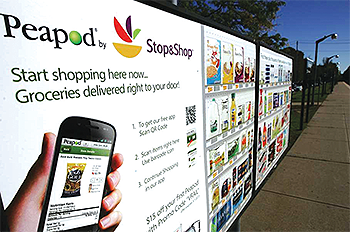 Another burgeoning pickup-point business is that of Chronodrive in France. Some collection points have small stores attached, others are pickup only. There are about 70 such points in France.
Another burgeoning pickup-point business is that of Chronodrive in France. Some collection points have small stores attached, others are pickup only. There are about 70 such points in France.
Meanwhile, and hovering above all else, are questions about what Amazon may have in mind for the home delivery of groceries. Amazon Fresh, as it’s known, now makes home deliveries of fresh and shelf-stable grocery products to certain areas of six western cities of the U.S. Amazon tested home delivery in its hometown of Seattle for several years.
Amazon’s incursion into the home-delivery business may prove formidable because, unlike its competitors, orders of non-grocery items can be accomplished in conjunction with grocery deliveries. That would vastly improve the profitability of Amazon’s delivery services since high-profit items could ride with low-profit grocery products.
In many countries, there are also personal-shopper options that amount to home delivery of products picked by professional shoppers at supermarkets. One curious permutation available in several U.S. cities is Instacart, a delivery service based on crowdsourced personal shoppers. Customers place orders for goods that are to be assembled from one or more supermarkets. Registered personal shoppers receive the order on their own mobiles, then travel in their own autos to stores, select product and deliver it to the consumer. A delivery fee is charged. Some supermarket prices may be increased. Instacart is unaffiliated with any supermarket. The scheme almost completely eliminates delivery costs, but also loosens control over product selection and delivery service to the vanishing point.
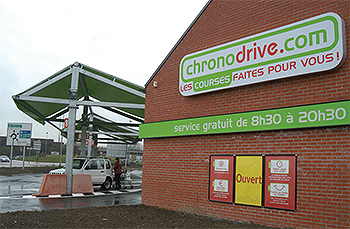 Finally, numerous conventional supermarkets in just about every developed country offer home delivery of orders selected by a consumer in the store, or requisitioned online. In the latter instance, some supermarkets offer customer-pickup services in stores. In the main, these are considered to be convenience offers and not businesses that have much potential as stand-alone enterprises.
Finally, numerous conventional supermarkets in just about every developed country offer home delivery of orders selected by a consumer in the store, or requisitioned online. In the latter instance, some supermarkets offer customer-pickup services in stores. In the main, these are considered to be convenience offers and not businesses that have much potential as stand-alone enterprises.

